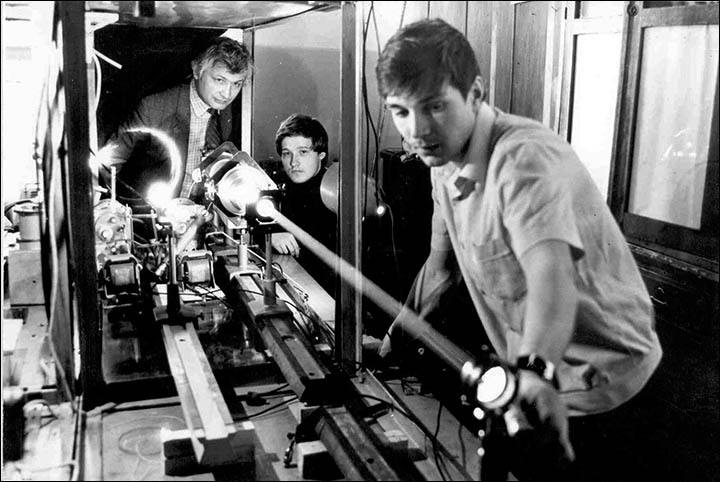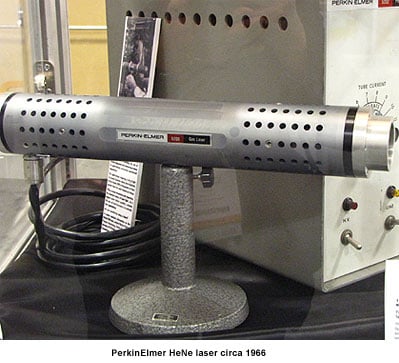First demonstrated in 1960 lasers are now everywhere from eye surgery to manufacturing electronic parts to studying black holes

Lasers: Revolutionizing Industries since 1960

Lasers have become an integral part of our daily lives, impacting various industries in ways that were unimaginable prior to their invention. First demonstrated in 1960, these powerful beams of light have found applications in diverse fields, ranging from eye surgery and manufacturing electronic parts to studying black holes. Let’s delve into the extraordinary journey and multifaceted applications of lasers.
Pioneering Invention

In 1960, Theodore H. Maiman built the first working laser at Hughes Research Laboratories. This groundbreaking invention was a ruby laser that emitted a vibrant red beam. The term “laser” itself stands for “light amplification by stimulated emission of radiation.”
Precision in Medicine
Lasers have revolutionized medical procedures, allowing for precise and minimally invasive surgeries. One area where lasers have made a significant impact is in eye surgery. With the help of laser technology, doctors can perform intricate procedures such as LASIK, which corrects vision impairment and reduces the need for eyeglasses or contact lenses. Laser-assisted cataract surgery has also transformed the way cataracts are removed, making the process safer and more efficient.
Advancements in Manufacturing
The manufacturing industry has embraced lasers for their unmatched precision and efficiency. Lasers are extensively used in the production of electronic components, with precise laser cutting and welding techniques ensuring flawless assembly. Furthermore, laser etching and marking techniques are employed to create permanent markings on various materials, elevating product branding and traceability.
Illuminating the Universe
Lasers play a crucial role in expanding our knowledge of the universe. Scientists employ powerful lasers to conduct research on black holes, gravitational waves, and the nature of light itself. Laser interferometry, for example, enables the detection of subtle gravitational waves, contributing to our understanding of the fundamental workings of the cosmos.
Laser Applications Beyond the Mundane
Apart from the aforementioned fields, lasers find application in an array of industries. In the entertainment industry, lasers captivate audiences during live performances and laser shows, creating dazzling visual spectacles. Lasers are also commonly used in barcode scanning, 3D printing, environmental monitoring, and communication systems.
Through continual advancements in laser technology, the potential for future applications is extensive. Lasers are poised to play an even greater role in fields such as renewable energy, defense, and telecommunications.
Source: Rochester Newscenter
Related Posts
Quick Links
Legal Stuff

